In 2019, the average American family spent around $700 per year on one child’s participation in high school sports, a Statista survey reveals. This figure covers equipment expenses (an estimated $144) and travel costs ($196). Some of the most pricey sports include skiing, ice hockey, field hockey, and snowboarding, primarily due to the cost of the necessary gear for these activities.

Although the coronavirus (COVID-19) pandemic caused fewer boys to participate in high school popular sports, 4.38 million still participated in 2021/2022. This is similar to the number of boys who played in 2007/2008.
However, the average cost of high school sports has increased over time. In 2014, the average cost was $673 per year, which rose to $700 in 2019. Several factors contribute to the rising cost of sports in high school. It is high time we looked into these factors to see what can be done to mitigate the cost.
Top 10 High School Sports in the US and Associated Cost
These are the top 10 sports participated in by high school students in the US.
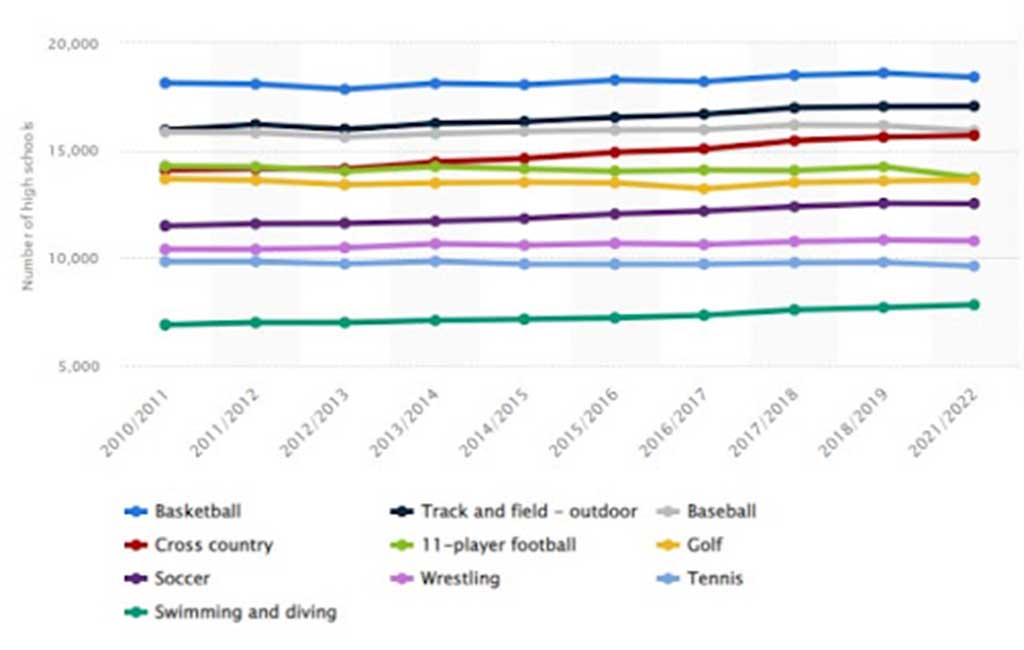
1. Basketball
Basketball is one of the most popular team sports in the US. There is no wonder more than 18,000 schools offer boys’ basketball programs in the US, making it the most popular sport in 2021-22. It is one of the few activities that allows students to play all year round and even on vacation.
While the kids dream to be the future Michael Jordan or LeBron James, the cost of high school basketball can range from $300 to up to $1000. It usually includes the cost of practice and game equipment, uniform, travel expenses, and tournament fees.
2. Track and Field
Track and field is another popular sport, with an estimated 17,000 schools offering it in the US. It offers a wide range of events like sprints, long-distance races, hurdles, and more. The cost of track and field varies from school to school but typically includes practice equipment (track shoes, spikes, etc.), uniforms, and warm-up gear.
The cost is also determined by the number of events a student participates in, and these costs can add up quickly. For example, an athlete participating in multiple events may have to pay for additional entry fees and travel costs if they participate in away games or tournaments.
3. Baseball
Baseball is another sport that has been popular since the 1800s. It is estimated that over 16,000 high schools in the US offer baseball programs, making it one of the top five sports for high school students. The costs associated with baseball can vary depending on whether you are playing a recreational or competitive league.
Typically, a student needs to buy a glove, bat, and helmet at the least. They may also need to purchase uniforms, practice gear, umpire fees for games, and travel expenses for tournaments.

4. Cross Country/ Distance Running
Cross Country/Distance running is a popular sport. It offers low-cost, high-participation events in an outdoor environment. About 16,000 schools in the US offer this sport, and it is becoming increasingly popular in US high schools.
Cross-country/distance running costs vary from school to school and include practice gear (shoes, apparel, etc.), entry fees, and travel expenses.
5. Football
Football is one of the most popular sports in America, with over 14,000 schools offering it across the US. It is a contact sport and involves 11 players on each team. Football has many rules and regulations that must be followed to ensure the safety of all participants.
The cost of football can vary depending on the school or league. Generally, students need to purchase or rent a helmet, shoulder pads, cleats, and other protective gear. They may also have to pay for the uniform rental, tournament fees, and travel expenses.
6. Golf
Golf is a popular high school sport in the US, with over 13,000 schools offering it across the country. It is a club-and-ball sport that can be played solo or as part of a team.
The average cost of high school golf varies greatly from school to school but typically includes practice equipment (clubs, balls, etc.), uniforms, greens fees, and travel expenses.
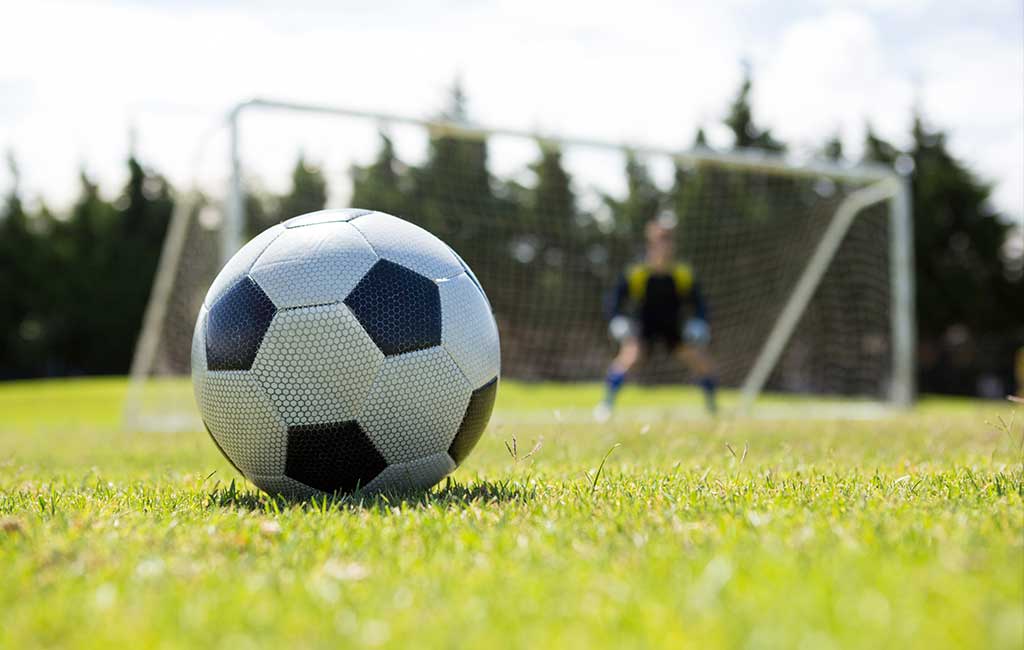
7. Soccer
Soccer is one of the top sports in the US and has been gaining popularity since the 1990s. An estimated 12,000 schools offer soccer programs across the country. Soccer is a great way to develop ball control, passing, dribbling, and shooting skills.
High school soccer costs vary but generally include practice gear (shoes, shin guards, etc.), uniforms, tournament fees, and travel expenses.
8. Wrestling
Wrestling is a popular sport in high schools across the US. It is estimated that over 11,000 schools offer wrestling programs, which involve two competitors of similar weight classes trying to gain control over each other using various techniques.
High school costs typically include practice gear (headgear, shoes, etc.), uniforms, and tournament fees. Travel expenses may also be incurred if the team participates in away events or tournaments.
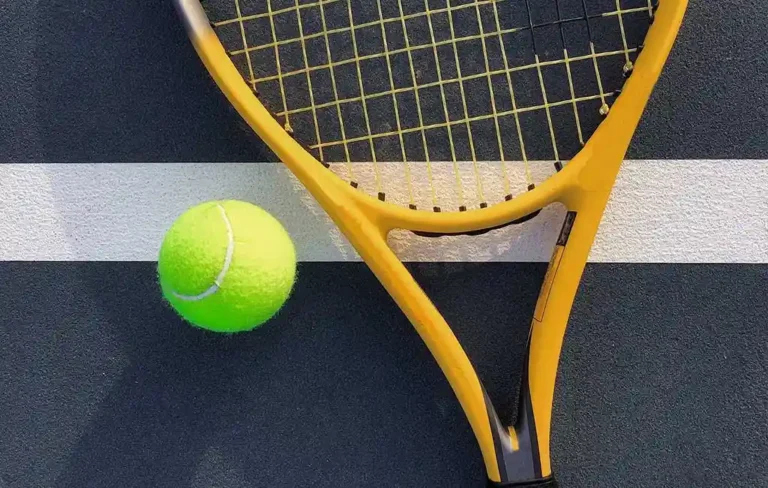
9. Tennis
Tennis is another popular sport in the US, with over 10,500 schools offering it. It involves two or four players using rackets to hit a ball back and forth across a net.
The cost of high school tennis can vary depending on the type of equipment used and how many events a student participates in. Generally, students need to purchase or rent a racket, balls, and other practice gear, tournament fees, and travel expenses if competing in away events.
10. Swimming and Diving
Swimming is an aquatic sport that requires a pool or lake to participate. It is estimated that about 10,000 high schools offer swimming programs across the US. Swimming is great for developing endurance and strength and teaching breathing and coordination skills.
The cost of high school swimming can vary depending on the type of gear needed, such as swimsuits and goggles. Other expenses may include entry fees for meets or tournaments and travel expenses if competing in away events.
Benefits of High School Sports
what are the benefits of playing sports in high school? There are many benefits to participating in school sports. It provides students with physical and mental health benefits and a sense of team spirit and camaraderie that can translate into other areas, such as academics and social skills. Sports also help to develop confidence, leadership skills, discipline, and time management.
Physical Health and Wellness
Participating in school sports can improve physical health and fitness. Regular exercise can help reduce stress, control weight, promote better sleep and increase energy levels.
Mental Health Benefits
Playing a sport helps to boost self-esteem, as well as develop problem-solving skills and concentration. It also helps with stress relief by providing an outlet for frustration and anxiety.
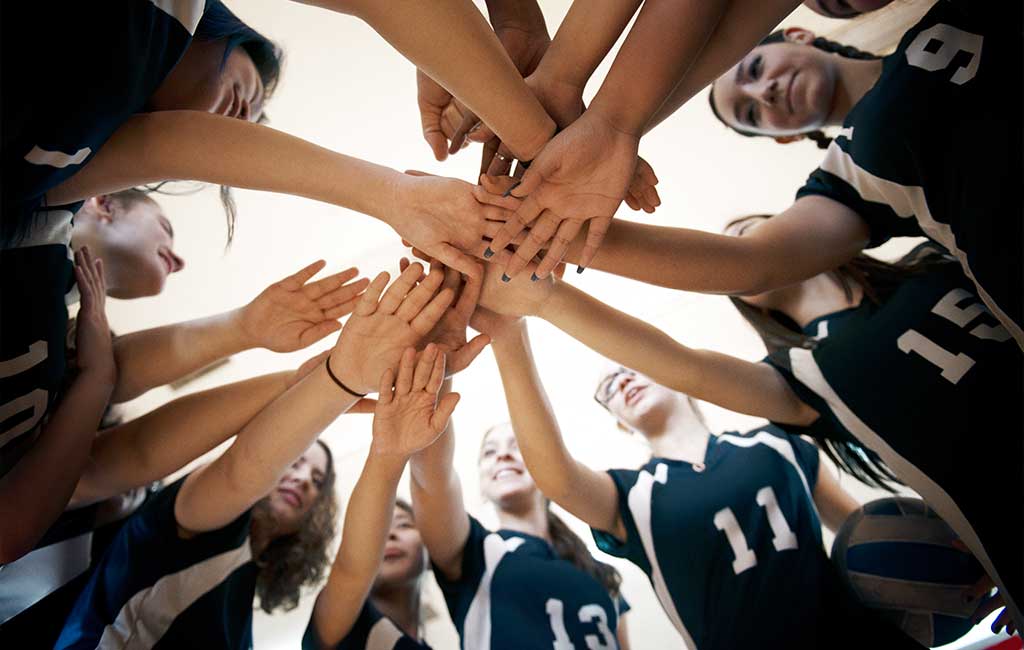
Teamwork, Leadership, and Communication Skills
Sports in high school provide an environment where teamwork and collaboration are essential. This can help to foster leadership skills, communication abilities, and social confidence. It also teaches students how to be part of a team, work together toward a common goal, and learn from mistakes.
Time Management and Goal Setting
Playing a sport can help teach students how to manage their time and prioritize tasks. It also helps them develop goal-setting skills, perseverance, and resilience when faced with challenges.
Mentorship and Support
School sports provide a great opportunity for mentorship and support from coaches, teachers, and team members. This can help students to build strong relationships with their peers and develop life skills that will serve them into their adult years.
Accountability and Responsibility
Participating in school sports teaches students accountability and responsibility by learning to set personal goals, attend practices and take part in team activities. It also helps them to understand the consequences of their actions and develop a sense of pride in themselves and their teammates.
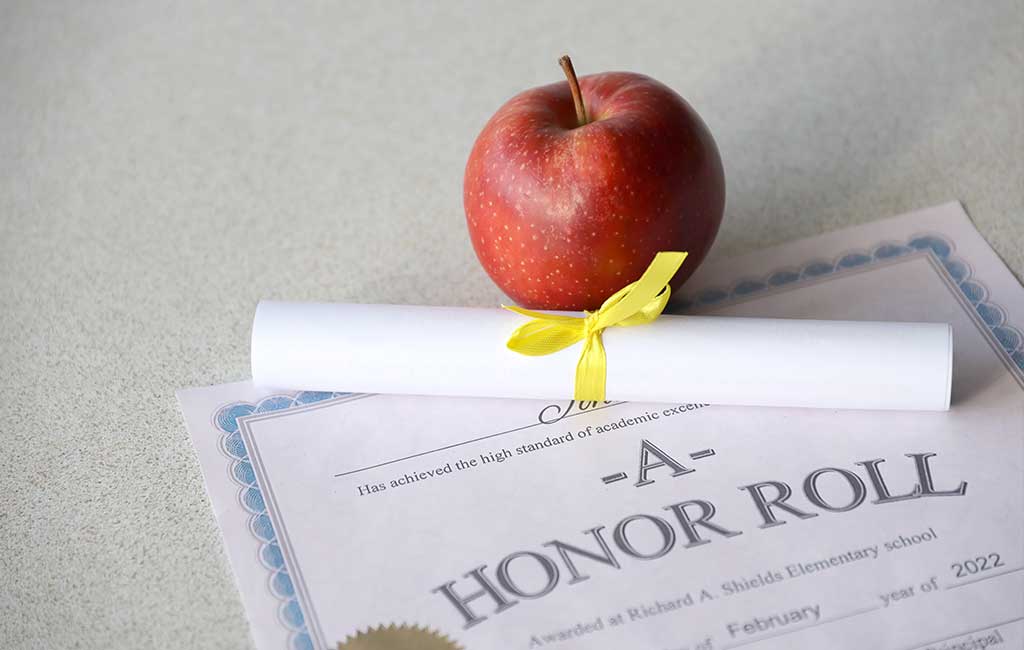
Improved Academics
Several studies revealed that students participating in school sports are more likely to achieve higher grades, particularly in math and reading. This is attributed to the discipline required and time management skills acquired from playing a sport.
Future Career Benefits
Fostering a love of physical activity and exercise is important for developing healthy habits that will last a lifetime. Participating in school for sports also offers students the chance to learn valuable life lessons, such as communication skills, teamwork, and goal setting – all of which can help them succeed in their future careers.
Some Famous High School Athletes
Famous high school athletes include Michael Jordan, Kobe Bryant, LeBron James, and Serena Williams. These athletes began their journey from humble beginnings in the best high school sports programs. These athletes overcame the odds to become some of the greatest stars in their respective fields and are now inspiring a new generation of aspiring athletes.
LeBron James
Famously known as “King James”, LeBron James is one of the world’s most famous athletes. He was born and raised in Akron, Ohio, where he attended St. Vincent-St. Mary High School and played basketball there. In 2003, his senior year, he averaged 31 points per game and led the school to the Federation championships. After graduation, he was drafted into the NBA and became a star player in the league.
Kobe Bryant
Kobe Bryant is another example of someone who made it big after playing for his high school team. He attended Lower Merion High School in Pennsylvania, where he led his team to four consecutive state championships. In 1996, he was drafted into the NBA directly from high school and went on to be one of the most successful players in NBA history.
Tiger Woods
Another famous high school athlete is Tiger Woods. In 1994, he was a freshman at Stanford University when he won the U.S. Amateur Championship. He then became a professional and became one of golf’s greatest players.
Lisa Leslie
Famous basketball player Lisa Leslie was a high school standout at Morningside High School in California. She led her team to two state championships and earned MVP honors twice. While at USC, she was an All-American four times and then went on to have a successful professional career with the WNBA.
Marion Jones
Three-time Olympic gold medalist Marion Jones played basketball and ran track in high school. She attended Rio Mesa High School in Ventura County, California, where she was an All-American in both sports. From there, she became one of the most successful Olympic athletes.
Rising Cost of High School Sports
In high school, although sports offer many benefits to students, they can also be expensive. With the cost of equipment, travel and registration fees rising every year, parents are increasingly worried about how their children will afford to participate in a sport.
Factors Contributing to the Rising Cost of High School Sports
Several factors have contributed to the rising cost of sports in high school. These include:

1. The price of equipment:
As mentioned earlier, the gear cost is a significant expense when playing certain sports. For instance, a good quality lacrosse stick can cost anywhere between $100 and $300. And if you need other gear like cleats, a mouthguard, and gloves, the cost will only go up. The rising popularity of sports like ice hockey and skiing has also increased equipment prices. For instance, a beginner’s ski set can cost around $400, not including a lift ticket or lessons.
2. The cost of travel:
Another significant expense when it comes to sports for high school is travel. If you’re playing on a team based in another city or state, you’ll have to incur travel costs like gas, food, and lodging. People often identify this factor as the primary reason they stopped playing a particular sport. During the ongoing economic crisis, many families have had to cut back on travel costs by opting for local teams instead.
3. The cost of registration and participation fees:
In high school, most school sports teams require you to pay a registration fee ranging from $30 to $100. In addition, there are usually Participation Fees charged by the school or district to cover the cost of uniforms, equipment, and travel. These fees may vary from school to school but are generally around $50 – $150 per season. These fees can add up quickly if you play multiple sports in one year.
4. The cost of coaching:
High-quality coaches don’t come cheap, either. Professional coaches can charge anywhere from $50 – $150 per hour. While most high school teams don’t have professional coaches, they usually have volunteer or assistant coaches who may require a certain amount of compensation.
5. The cost of physician:
Physicals are required for most sports teams, which can be an additional expense. Depending on your insurance coverage and the doctor’s fee, a physical exam may cost anywhere from $25 – $50.
All these factors contribute to the rising cost of school sports and make it difficult for families with limited budgets to participate in their favorite sports. With this in mind, it is important to find ways to reduce the cost of high school sports and make them more accessible for everyone.
Ways to Reduce the Cost of High School Sports
Fortunately, there are several ways you can reduce the cost of school sports. Here are some ideas:
1. Apply for scholarships:
Most sports teams offer scholarships to families with limited budgets. These scholarships can cover registration, participation fees, equipment, and travel costs.
2. Look for used gear:
If you’re playing a sport that requires expensive gear, look for used options instead of buying new ones. You can check online classifieds or thrift stores for used equipment.
3. Ask family and friends:
If you have a large extended family or close circle of friends, they can provide the gear and other sportswear you need at a discounted rate.

4. Consider fundraising options:
Most schools offer fundraising opportunities like car washes, bake sales, and other events. This can help you raise money to cover the cost of equipment, travel, and registration fees.
5. Talk to your school:
If you’re still having trouble covering the costs associated with sports for high school, talk to your school for help. Schools often have access to grants or special programs that can cover the cost of sports participation.
Final Words: Is the Rising Cost of High School Sports Worth It?
The cost of sports in high school can vary depending on the sport and what equipment is needed. Parents must understand the costs associated with their child’s sport to financially plan and ensure their child has an enjoyable experience.
It is also important to note that many schools offer scholarships or financial aid for students who wish to participate in sports. These programs can help reduce the average cost of high school sports and make them more accessible for everyone.
By understanding the costs associated with high school sports, you can ensure that your child has a positive and enjoyable experience. Whether it is basketball, football, or track, being prepared for the costs of these activities can help ensure everyone involved gets the most out of their experience.
It’s important to remember that participating in team sports can provide many social and physical benefits. Sports can help kids develop important skills such as discipline, teamwork, and leadership while simultaneously having fun and making friends.
These intangible rewards make high school sports a valuable experience for students of all ages. So regardless of what sport your child decides to pursue, you can ensure they have a great experience by understanding and preparing for the costs beforehand. Happy sporting!








